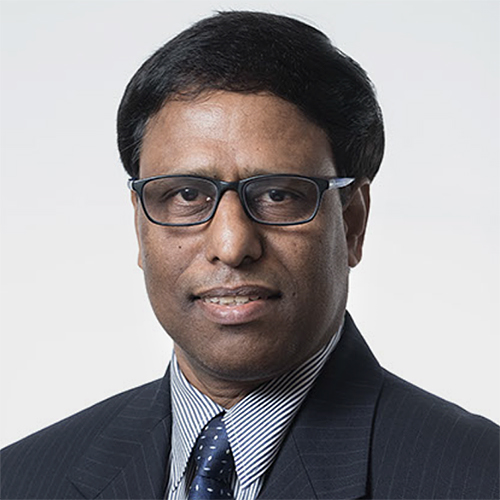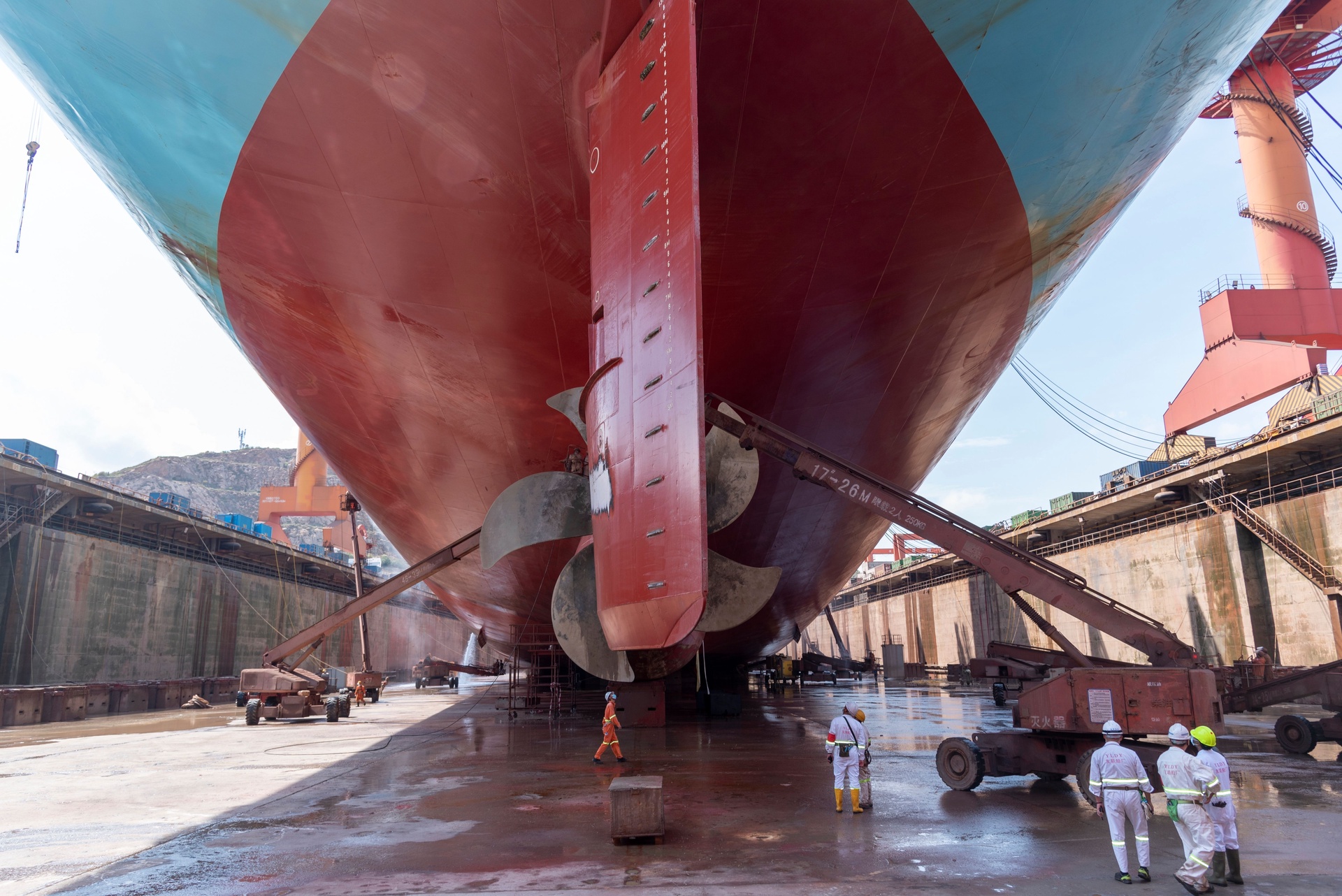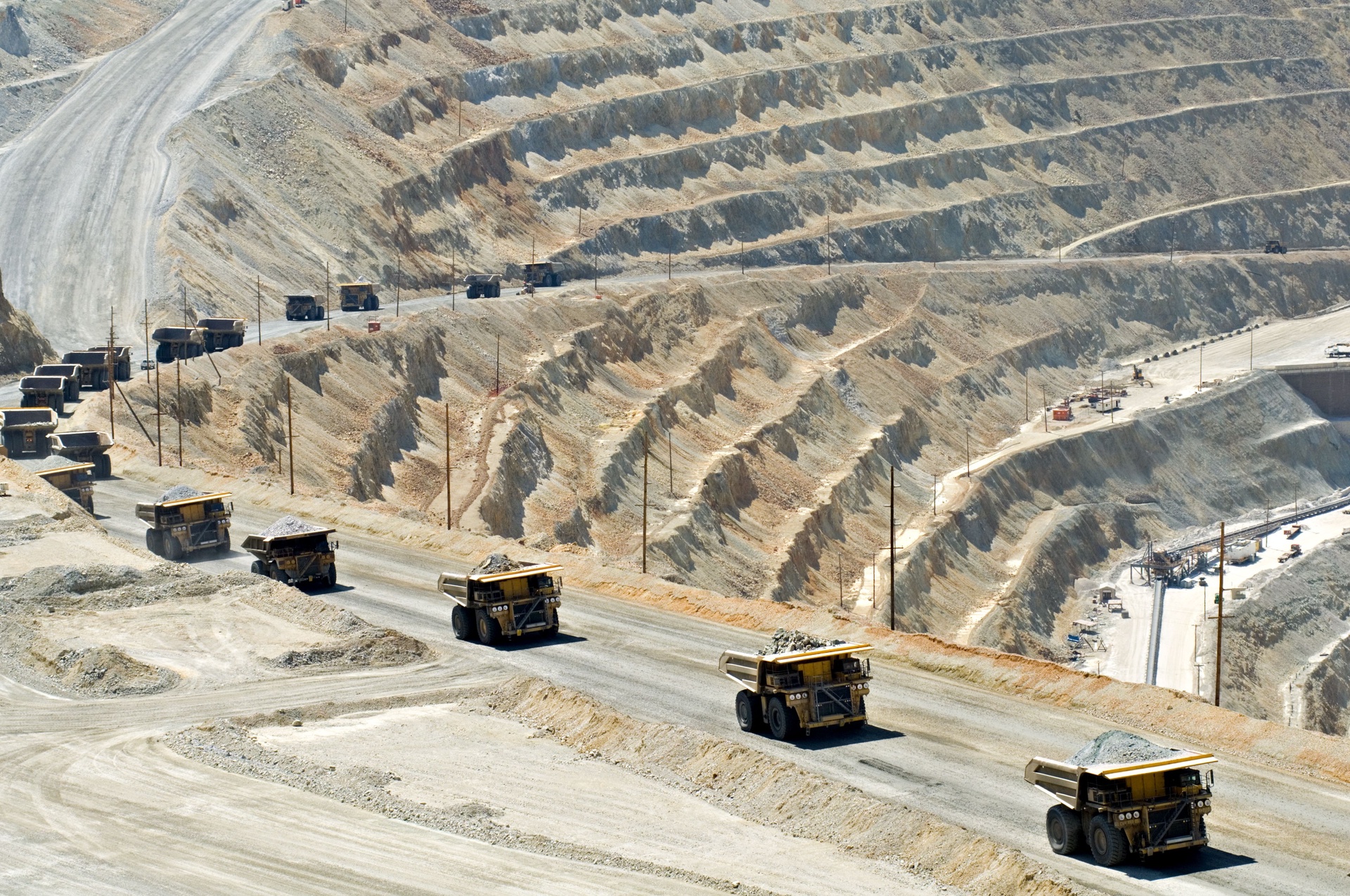The world’s 40 biggest miners invested USD98 billion in capital projects in 2011, some USD22 billion short of announced spending for the year, according to figures in a new report from auditor PwC – Mine: The growing disconnect.
“With capital expenditure forecasts for 2012 likely to be missed due to shareholder resistance, and the challenges inherent in bringing increasingly large, remote and complex projects to completion on time and on budget, supply will likely continue to fail to keep up with demand in the near term,” according to Ken Su PwC China mining leader. PwC expects supply issues to dominate for the next five years at least.
The top 40 miners have announced a record USD140 billion in capital expenditures for 2012, slightly more than the record USD133 billion in net profits earned last year (on revenues of USD700 billion).
Net profits rose by 21 percent over same period last year compared to 25 percent and 26 percent rises in costs and revenues respectively. Market values declined 25 percent to about USD1.2 trillion, with the 19 emerging market-based miners in the top 40 accounting for 38 percent of market value. Only six of the world’s top 40 miners saw their market value increase last year, according to the report.
“As investors do not appear to be buying into the industry's growth story, the onus is clearly on the industry to better articulate what could still be one of the strongest investment stories in the world today” says Su.
In its June 11 commodities review, Société Générale’s analysts observed that “it is now our view that commodity markets are going to be influenced greatly by continued waves of market sentiment throughout 2012 and into early 2013 as economic growth remains in the hands of politicians rather than solid fundamentals”.
Earlier in the year, the bank’s analysts had anticipated a year “where price dispersion would be a key feature as commodity-specific fundamentals were diverging between sub-groups of commodities….recent developments, mainly in Europe, combined with a dramatic change in underlying oil fundamentals mean that waves of fear of a global recession are likely to dominate the commodity market during the remainder of 2012 and into early 2013”.
At a media briefing on May 21, during Peter Hickson’s last week of work as UBS’s global head of commodity research, the strategist reflected on the boost to US industrial competitiveness from shale oil and gas and the “huge opportunity to increase gas use in transportation”. Further, low gas prices in the US could displace coal, with exports from the US pushing coal prices down to a level at which it is no longer profitable for North American miners to export displaced production to Asia. He observed that “the biggest issue for Asia is the coal dependency issue”.
Nevertheless, he saw relatively limited downside for thermal coal, iron ore and aluminium, acknowledging that market expectations had been dinted by slower than expected easing in China.
Further easing in China and impetus following the October National Party Congress for increased domestic demand were among the potential catalysts to turn sentiment in his view, along with others, including pressure on supply in the mining sector from political moves in Indonesia, Mongolia and Chile.
Hickson also observed that copper has been a “massive supply disruption story” as strikes and weak grades have negatively impacted supply. “Eighty-five percent of copper is from open pit mines which I think will struggle in the future” he said, adding that copper mining is “water intensive [and that] water has a bigger impact on copper than on any other metal”. Moreover, as China “will always need copper” since it can produce a maximum of only 1.5 million tonnes per year of the metal, this places a “floor under the price”, he noted.
In his opinion, “Investors will always have soft spot for copper. Over the next 20 years the electrification of everything is a copper story. What commodity has the potential to double in five years?” Hickson asked. “I can see copper at USD6 per pound in the next five years and I can see USD2 per pound aluminium”.
At the same time, the strategist was cautious on copper, metallurgical coal and some precious metals as the “current price of copper is 150 percent the marginal cost of production”. In contrast, at the time, the “price of aluminium is 82 percent the marginal cost of production” resulting in aluminium not having “that much further to fall compared to copper”.









